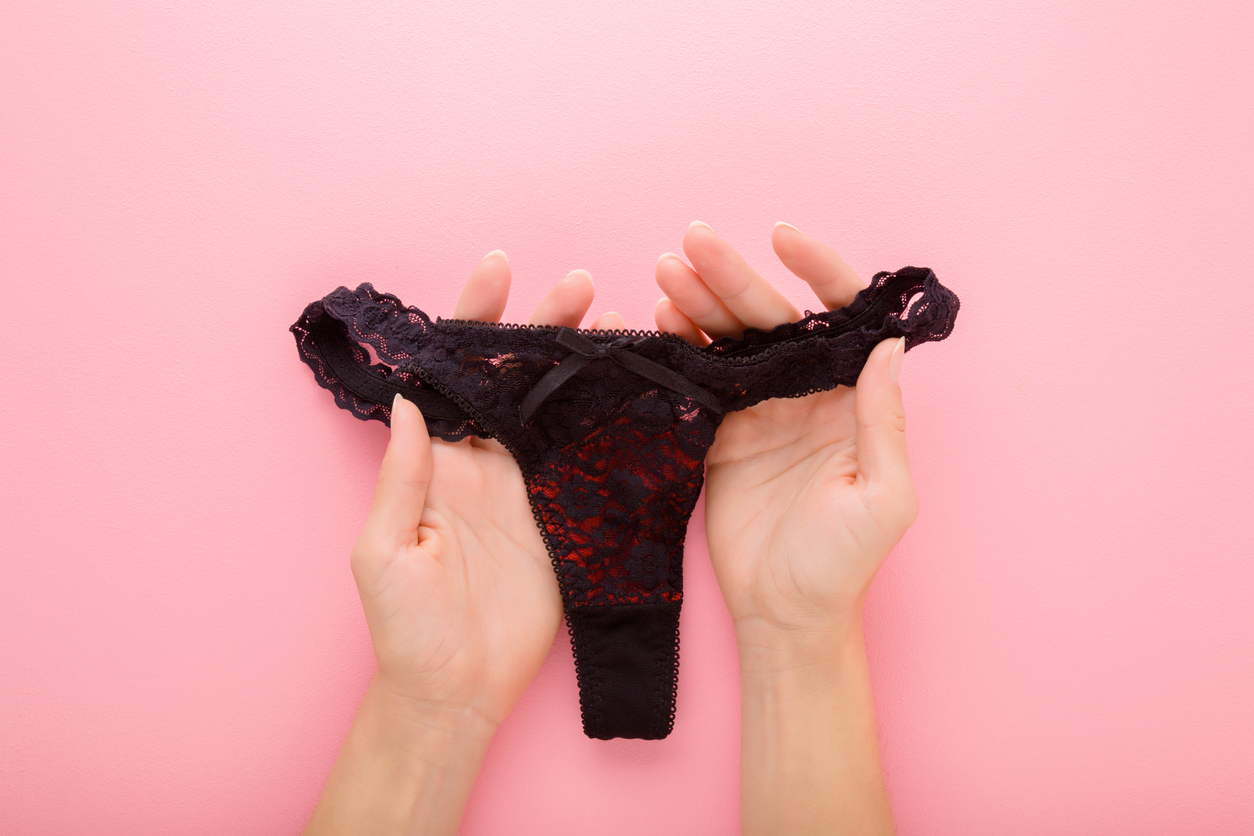White discharge is a daily reality that accompanies the intimate lives of many women of childbearing age until menopause. However, they unfortunately often remain shrouded in mystery and misunderstanding. Many people are still unaware of the meaning and importance of these vaginal secretions throughout their cycle. Worse still, some consider them dirty and disgusting. In this article, we will discuss the things that all women should know about vaginal discharge in order to better understand its role in good vaginal health and demystify this often taboo subject.
White discharge is a sign of good health
Leukorrhea is a completely normal physiological phenomenon which demonstrates good hormonal impregnation. In short, this means that the woman has a correct level of estrogen and progesterone, which gives her a good fertility.
What are these losses used for?
In reality, white discharge is a useful vaginal discharge in more than one way. By flowing along the vaginal wall, it allows above all to protect the vaginal flora and to ensure its good balance while ensuring the self-cleaning function of this well-thought-out ecosystem. This makes it possible to protect this fragile area from external attacks (bacteria, viruses and fungi) while keeping it clean, humid and healthy. Thus, there is no risk of suffering from unpleasant vaginal dryness or infections and dead cells are easily eliminated. It also ensures a key reproductive function by lubricating the intimate area with love juice during sexual intercourse, which helps penetration, and by facilitating the movement of sperm towards the egg during ovulation (or on the contrary by blocking its passage just before menstruation ).

Their appearance varies during the month and this is normal
They visually demonstrate the different phases of the female cycle and thus allow you to know where you are in your ovulation. During the cycle, they can take on a different appearance, from translucent to whitish or yellowish and more or less abundant, fluid and thick. Color and texture ultimately depend on hormones. As ovulation approaches, there is a surge in estrogen that can make discharge whiter, thicker, and creamy. After your period, you may sometimes notice light brown or dark brown discharge, a sign that you will lose a few last drops of oxidized blood. Conversely, in the days that follow, progesterone takes precedence over estrogen, which will then dry the cervical mucus to prevent sperm from moving up the cervix. We then observe less present losses.
Losses can also change their appearance if you change contraception and return or not to normal depending on the type of molecule used once the body is accustomed to it. For example, a progesterone birth control pill can make your discharge less heavy due to hormonal changes. With age, hormonal fluctuations, sexual behavior or even certain medical treatments (drugs like antibiotics or chemotherapy), their appearance may also change. Finally, many pregnant women have vaginal discharge more abundant than usual because of the hormones secreted by the placenta and the ovaries, causing more intense cell desquamation at the start of pregnancy. This then usually stabilizes during the second trimester.
Vaginal discharge can discolor underwear, but it can be avoided

Naturally, the vagina and its secretions are quite acidic. However, this acidity can interact with the dye present in your panties and discolor it slightly. In this case, it is not recommended to wear a tampon even for low flow outside of periods, because the risk is too great of drying out the flora and causing irritation or itching. To avoid discoloring your panties, there is a very simple trick. When you change your underwear, take the opportunity to rinse them immediately with water or wash them with a little mild soap. So, no risk of discoloration.
You should not overuse intimate cleansing in case of white discharge.
Even if their appearance is unpleasant, they allow the vagina to clean itself naturally and protect it from infections. This is why it is necessary ban douching or a unsuitable washing which could disrupt your fragile vaginal flora and then promote dryness, vaginal yeast infections and urinary infections. For this sensitive area, ban soaps and other scented products (deodorants, perfumes, etc.) as well as foaming antiseptics. Prefer a mild, unscented soap with a neutral pH applied only to the external part with clean hands (no washcloths, those germ nests!). Also avoid putting soap or water inside and limit wearing tight clothing.
What about panty liners? You can wear protection to stay dry when the secretions are very abundant. However, do not wear it for too long or every day and choose them fragrance free to avoid irritation and dryness. If you wear it every day, it also risks macerating with perspiration.
When is vaginal discharge abnormal?

You will have understood: white losses are completely normal and healthy. However, it happens that the vaginal flora becomes unbalanced. Sexually transmitted infections and diseases (STIs or STDs) [gonocoque, chlamydia, parasites tels que trichomonas vaginalis, etc.]) just like vaginal mycosis (such as candidiasis) or bacterial vaginosis (BV) can occur. It is appropriate to consult without delay if the losses are accompanied by unpleasant symptoms :
-High abundance over a prolonged period
-Nauseous smell, especially a fishy smell
-Irritation, redness, burning or itching
-Pain during urination or sexual intercourse.
As a guide, a bad odor may indicate a urinary tract infection (UTI or cystitis) which can turn into pyelonephritis (a severe kidney infection), or even sepsis if left untreated. Grayish discharge accompanied by a fishy odor is usually a sign of vaginosis. Yellowish or greenish discharge reminiscent of pus suggests a gonorrhea. Finally, itching and irritation accompanied by white and lumpy vaginal discharge like curdled milk suggests a vaginal thrush (or vaginal yeast infection). In all cases or in the slightest doubt, consulting a health specialist is essential to avoid potentially serious complications.


